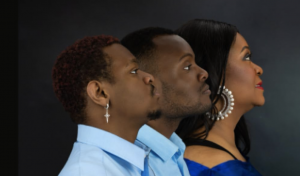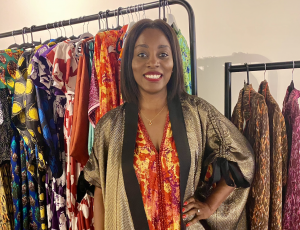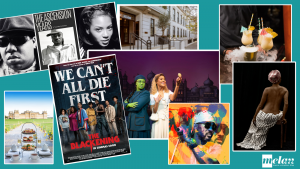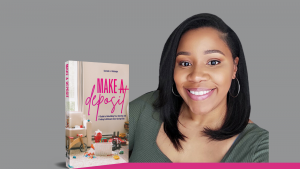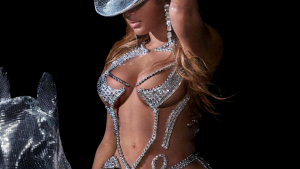Advertisers and mainstream news brands should refocus their attention and budgets to target the ‘Black Pound’ as this group consumes significantly more digital media and are more likely to make their purchasing decisions based on ads they have seen.
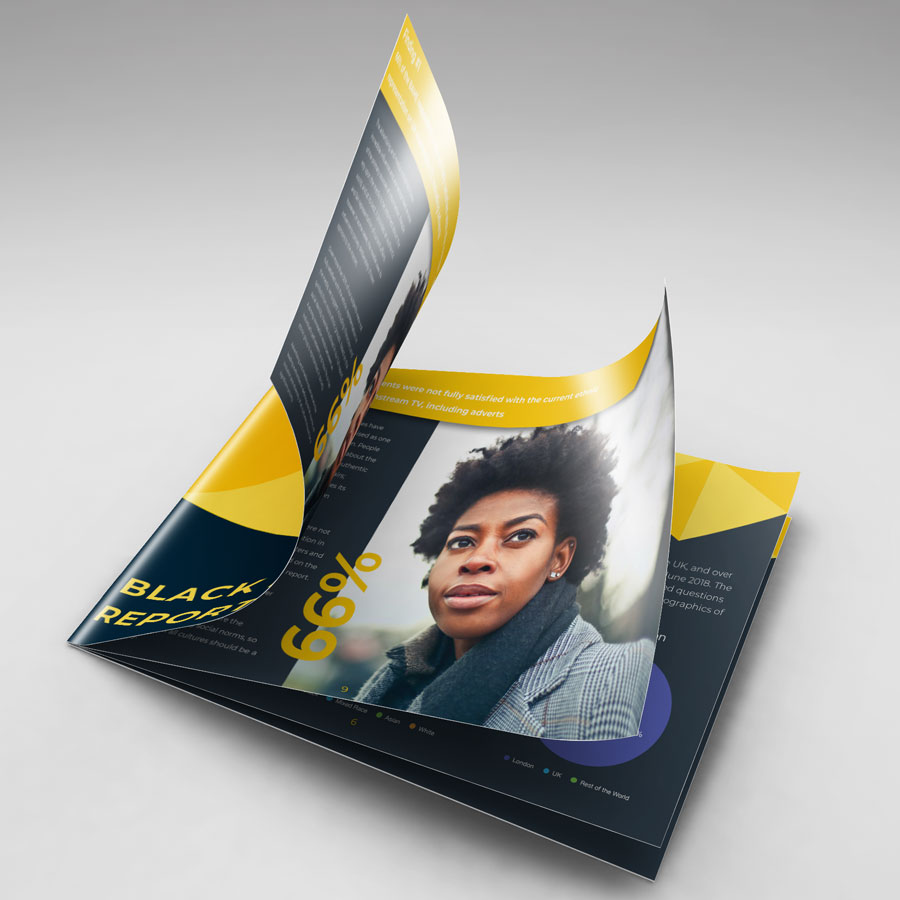
These findings are headlined in the latest version of the Black Pound Report, a comprehensive study of the consumer habits and behaviours of 3,400 Black, Asian and multi-ethnic consumers in the UK, by far the largest consumer preference survey of its type ever undertaken.
This unique study into the consumer habits of Black, Asian and multi-ethnic consumers is long overdue as there has previously been a gaping lack of understanding and unsubstantiated stats when it comes to serving these demographics because ethnicity has rarely been included as a factor in research. This lack of understanding also translates to being a missed opportunity for advertisers who have typically overlooked the reported £300bn* spending power of the Black, Asian and multi-ethnic consumer market.
“Until brands recognise and understand these differences then their communications can never be considered to be truly diverse and inclusive.”
Published in January 2022, the Black Pound Report is produced by BACKLIGHT, a cultural change agency focused on making businesses more diverse and it was sponsored by News UK, which owns mainstream newspapers like The Sun and The Times. This support went a long way to ensuring that it is the largest survey of its kind into these groups, who make up a substantial proportion of News UK’s audiences, 4.3 million to be precise.
Key headline findings from the research showed that Black, Asian and multi- ethnic consumers spend 21% more time reading national newspapers online and in print than the general population and are more likely to base their consumer decisions on advertising. While 59% of respondents agreed that ‘advertising often helps me to make better purchase decisions’, compared to just 40% of the general population.
“I would be the solution my daughter needed” Nylah’s Naturals founder
Other stats showed that these audiences are typically driven more by ethical considerations than the general population, with 64% of respondents (vs 47% of the general population) committing to buying more fair-trade products and 64% (vs 56% of the general population) trying to buy local whenever they can.
With the momentum growing for the “buy Black” movement and pledges from mainstream brands to increase their diversity and inclusion efforts following the “Black Squares” a couple of years ago, it won’t come as a surprise that diversity is a key driver for purchase decisions amongst this audience, with 60% of Black, Asian and multi-ethnic consumers (vs 31% of the general population) looking at how representative a brand is of different ethnic communities when deciding on a purchase.
The Black industry groups making BLM a movement not a moment
Mainstream brands understanding of the habits and behaviours of these groups has had a huge, many would say negative, impact on how this demographic has been served so far. One could argue that the lack of inclusion has caused a boom in the number of Black and Asian entrepreneurs who are creating their own businesses, particularly in the cosmetics and skincare industries. This is not surprising as one of the least surprising stats showed that “there are still barriers for ethnic women to get the cosmetics and skincare they want, with Black women finding it the hardest”.
The report showed that only 39% of Black women say it is easy to find cosmetics and skin care for their skin type compared to the national average of 64% of women. Furthermore, only 39% of Black women felt that “supermarkets, department stores and major pharmacies provide everything to meet their hair and beauty needs”, compared to 71% of all women agreeing with this statement.
Noelly Michoux on how her brand addresses the “skincare race gap”
Championing the findings of this report is Lydia Amoah, Founder of BACKLIGHT, and a leading authority on diversity, equity and inclusion. She gives thanks to the support provided by News UK which enabled the study to have such a large sample.
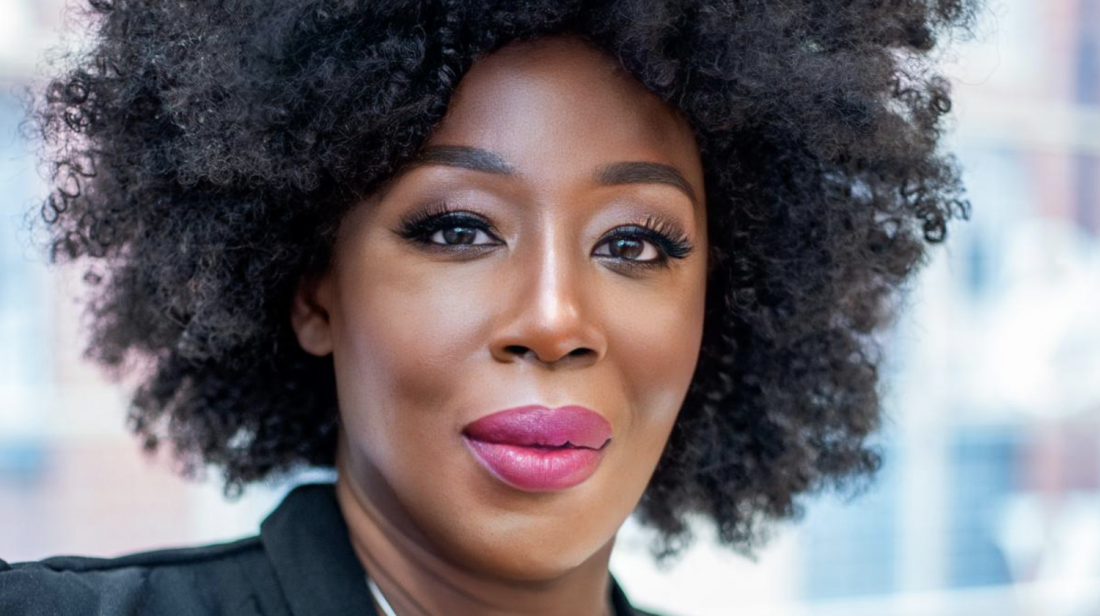
Speaking to Melan Magazine about the impact this report will have, Amoah said: “This report is about more than just identifying a few ephemeral behavioural trends amongst Black, Asian and multi-ethnic communities in the UK, it’s about helping brands to really understand a set of audiences that have rarely been researched in depth.”
“From media consumption through to health and beauty product choices, Black, Asian and multi-ethnic consumers have distinct motivating factors when making purchasing and investment decisions. Until brands recognise and understand these differences then their communications can never be considered to be truly diverse and inclusive.”
New inclusive feature on Pinterest now caters to Black women’s skin tone
Along with providing advertisers and marketers with insight into these audiences, BACKLIGHT has developed a media planning tool that will give advertisers a new ability to plan advertising based on real insight into this audience.
Amoah said: “We hope our media planning tool will usher in a revolution in advertising creative and planning for Black, Asian and multi-ethnic consumers.”
Echoing this ambition, Shelley Bishton, Head of Creative Diversity at News UK, said: “Just because media research hasn’t historically looked at these important differences in consumer behaviour, it doesn’t mean that they don’t exist. This insight will help brands to better understand a large and important audience, leading to more effective and more representative advertising communications.”

